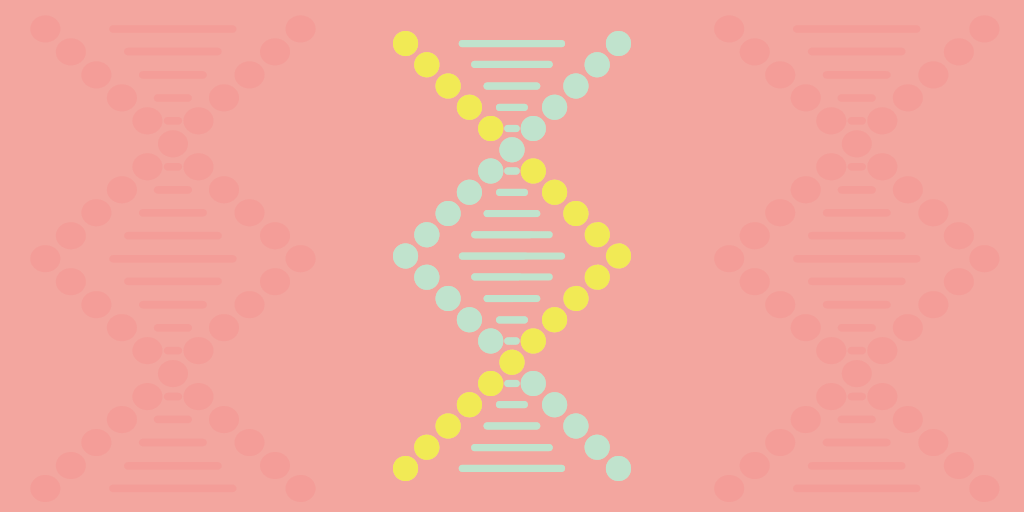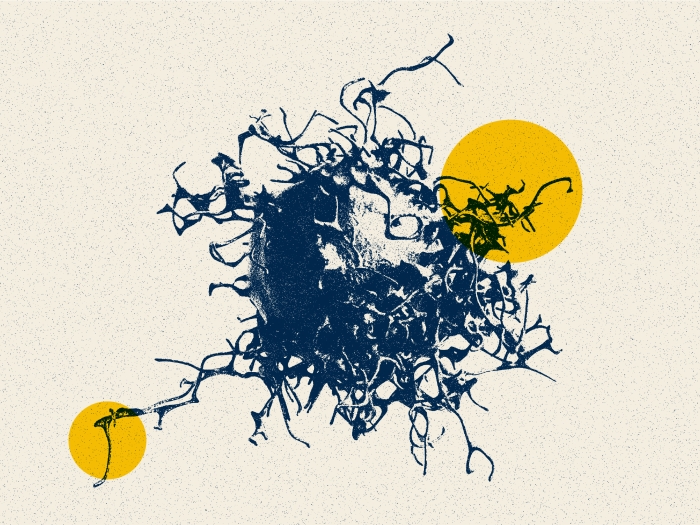This new form of cancer therapy gives hope to treat certain types, including breast, pancreatic and ovarian cancers. Here’s why.
1:00 PM
Author |

Two forms of cancer therapy have been getting a lot of attention these days — immunotherapy and targeted therapy.
SEE ALSO: How Clinical Trials Helped Three Cancer Patients Thrive
While immunotherapy boosts the body's own immune system to kill cancer, targeted therapy (also called precision medicine) works on specific receptors (or markers) in the cancer cell. Think of targeted therapy as a guided missile to combat cancer.
One promising type of targeted therapy is a class of drugs called PARP inhibitors.
To understand how they work, here's a bit of background. PARP means poly(ADP-ribose) polymerase. It is an enzyme that repairs the DNA inside cells. If this enzyme is blocked and the DNA is damaged and not repaired, the cell will die. In cancer treatment, the goal is to stop growth, so dead cells are the goal. PARP inhibitors can stop cancer by preventing cancer cells from repairing themselves.
Certain types of cancer, such as breast, pancreatic and ovarian, are likely to respond to PARP inhibitors because these cancers involve changes (or mutations) in genes and proteins BRCA1, BRCA2 and PALB2, which help with DNA repair. Combined with the inhibition of PARP, the cells get two "doses" of no repair in DNA, causing faster cell death.
PARP inhibitors available now
Currently, only one FDA-approved PARP inhibitor is on the U.S. market, called olaparib. However, there are others in development through clinical trials for patients with melanoma, lung, breast and prostate cancers. Some of these trials are testing the PARP inhibitor alone or in combination with other drugs.
SEE ALSO: How a Pair of Blue Boxers End Up on Mount Kilimanjaro
Because cancer cells grow and divide more quickly than normal cells, PARP inhibitors do not seem to affect noncancerous cells. For patients, this means less toxicity and fewer side effects from treatment.
Sparing the healthy cells from the effects of the cancer treatment is a key benefit of targeted therapy. Some patients report experiencing increased energy compared with traditional treatment, which often leaves patients feeling worse before they feel better.
This does not mean PARP inhibitors are without side effects. Some common side effects of olaparib, used to treat advanced ovarian cancer, are nausea and vomiting, appetite changes, fatigue, rash and cough.
While olaparib has been FDA approved for use in advanced ovarian cancer, it is being tested on other tumor types in ongoing clinical trials. These trials can be found through the U.S. National Institutes of Health site. This is a registry and results database of publicly and privately supported clinical studies with human participants.

Explore a variety of healthcare news & stories by visiting the Health Lab home page for more articles.

Department of Communication at Michigan Medicine
Want top health & research news weekly? Sign up for Health Lab’s newsletters today!





